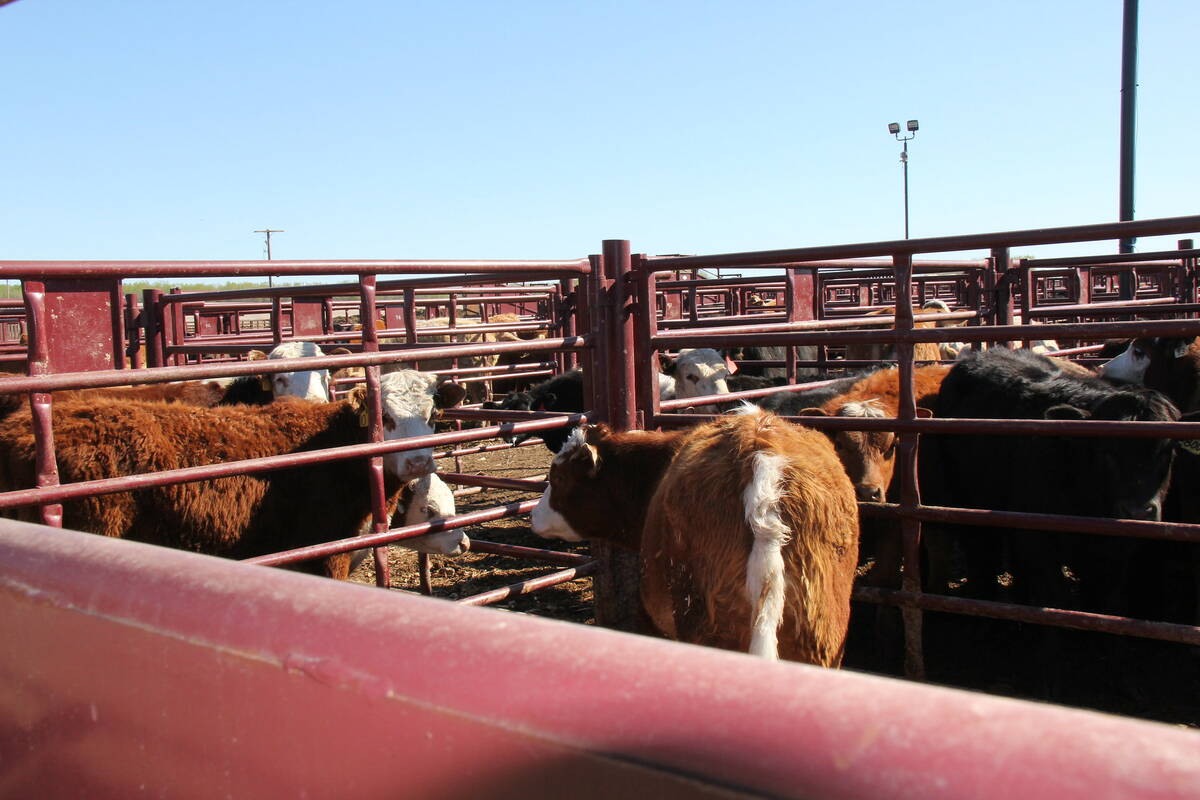As part of disease investigations, we often evaluate trace mineral levels in the blood of cattle. Over the last few months, I’ve had several herds show very low levels of manganese, and although the results did not seem related to the problems being investigated, it sparked my interest in finding out more about issues associated with manganese deficiency in cattle.
Manganese is a trace mineral first identified as important in poultry in the 1930s.
Deficiency in chicks caused a debilitating lameness and leg disorder, which was called perosis. Manganese has now been identified as part of biochemical processes and enzymes throughout the body and can affect carbohydrate, fat and protein use.
Read Also

Livestock movement scanner looks for proving ground
The Canadian Cattle Identification Agency (CCIA) will test new technology intended to simplify the recording of animal movements, linked to proposed federal livestock traceability regulations.
Manganese is also required in bone and cartilage formation, and manganese deficiency has been associated with some specific congenital skeletal abnormalities in calves.
Manganese is fairly abundant in pasture grasses and legumes, but silages and cereal grains, especially corn, are poor sources of manganese. Manganese deficiencies have not been well described in cattle with the exception of a major effect on the fetus if cows are fed a manganese deficient diet during gestation.
Outbreaks of dwarfism in calves have been described in Canada, Scotland and Australia that have been associated with possible manganese deficiencies.
The disease was first described in beef cattle ranches in north-central British Columbia and Alberta in the 1980s and has since been described in a variety of other geographic locations around the world.
These calves are born as dwarfs with long bone abnormalities and sometimes with a “parrot mouth” or shortened nasal bones.
In many cases, the joints are also swollen and there is significant joint laxity, which makes it difficult for the calves to stand and walk. These calves are much more likely to die and the severe joint laxity often causes dystocia and calving difficulties when the calves are born.
The first outbreaks were de-scribed by Dr. Carl Ribble, currently a faculty member at the University of Calgary’s School of Veterinary Medicine.
These western Canadian outbreaks were associated with feeding a clover or grass silage diet without dry feed or grain supplementation to pregnant cows during the winter feeding season.
Calves from first-calf heifers were usually more likely to be affected than calves from mature cows.
If hay or rolled grain was added to the ration, it seemed to eliminate the problem.
Other researchers using controlled experimental studies have now recreated the syndrome in calves when feeding a low manganese ration of about 15 to 16 milligrams of manganese per kilogram of diet to pregnant cows as compared to a control diet of 50 mg of manganese per kg.
In addition, affected calves in this study tended to have low levels of blood manganese at birth.
Outbreaks like these are relatively rare. It is important to recognize that these are not just small calves. They have true dwarfism with shortened bones and other bone and cartilage abnormalities.
Incidents are easily prevented with appropriate mineral supplementation during winter, along with awareness that silage diets tend to have much lower manganese concentrations.
Manganese has also been associated with suppressed or irregular estrus and poor conception rates.
One study demonstrated that manganese supplementation during the first 19 weeks post calving reduced the time to conception in both Angus cows and heifers that were being fed a corn silage based diet.
Manganese is an important trace mineral, but it seems like signs of deficiency are relatively rare and isolated to those cases where a silage based ration is fed to gestating cows and heifers without any other supplementation.














